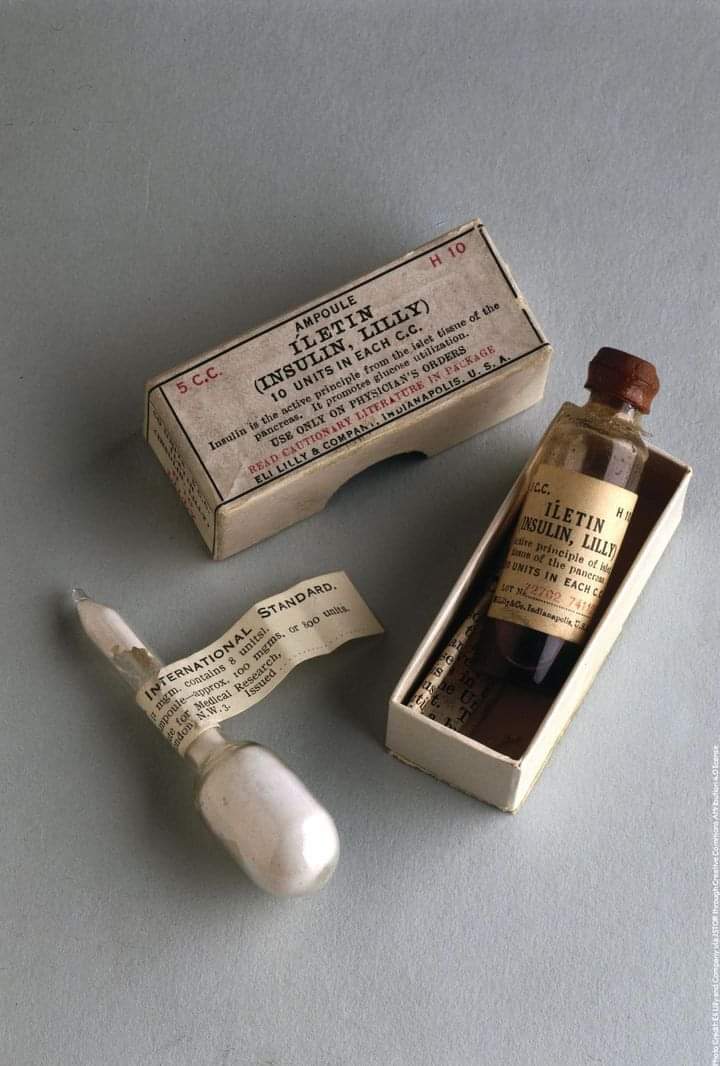Revolutionizing Medicine: The Discovery of Insulin
Before the groundbreaking discovery of insulin, individuals grappling with diabetes faced bleak life expectancies due to the lack of effective medical interventions. In the early 1920s, scientists pinpointed diabetes as a result of inadequate insulin production in the pancreatic islets, yet attempts to extract insulin from pancreatic cells proved futile.
Enter Frederick Banting, who proposed an innovative approach. Collaborating with scientist John Macleod, Banting, along with his dedicated research assistant Charles Best, embarked on a series of experiments. Their pivotal moment arrived in 1921 when they successfully isolated insulin from a dog’s pancreas.

Although initial attempts to treat diabetes with the extract faced setbacks, their persistence bore fruit in November 1921. They achieved a landmark: keeping a diabetic alive for an unprecedented 70 days using insulin. The next critical step was refining this extract to effectively treat diabetes.
In December, biochemist James Collip joined the team, focusing on purifying the insulin extract. The turning point came in January 1922 when the first person, 14-year-old Leonard Thompson, received an insulin injection. While the initial results showed improved but not normalized blood sugar levels, Collip’s refining efforts led to remarkable progress by the second injection.
By January 1923, Banting, Collip, and Best secured American patents for insulin, choosing to sell them to the University of Toronto for a symbolic one-dollar fee, underscoring their commitment to advancing medical science for the greater good. Eli Lilly emerged as the pioneer in mass-producing insulin, with the first commercial supply hitting the market in late 1923.
The impact of their groundbreaking work reverberated globally. Banting and Macleod were awarded the 1923 Nobel Prize in Physiology or Medicine, showcasing their selflessness by sharing the prize money with their collaborators. The discovery of insulin not only transformed the landscape of diabetes treatment but also exemplified the power of collaboration and altruism in scientific progress.

